Sonic Responses: Sempùlyan
-
Sempùlyan
MusicianSempùlyan is of Musqueam and Squamish descent. His late mother Norma Campbell was from Musqueam and his late father Harvey Gonzales from Squamish. He is an Indian Day School and Indian Residential School survivor. As a Cultural Worker with the Squamish Nation, Sempùlyan teaches the youngest population of the Nation.
Read More
Sonic Responses invites eight musicians and one composer to respond to the changed aural conditions of UBC’s outdoor spaces. Their music making confronts and enters into a dialogue with the quiet that currently resides on campus. Responding to different locales and situations, the repertoire for Sonic Responses stretches across a broad range of traditions.
The paddle song plays many roles in Musqueam culture. It is sung to greet visitors as well as to say farewell to those embarking on trips or who have passed away. The paddle song also serves as a song of celebration. Sempùlyan learned the song from his cousin Mary Point. Noticing a mature cedar tree amongst the plantings of Library Garden, Sempùlyan chose to stand in its presence for his rendition of this piece. Beyond the cedar’s branches is the shuttered Irving K. Barber Learning Centre.
Sonic Responses furthers the collaborations between the Morris and Helen Belkin Art Gallery and the School of Music that will continue through Soundings: An Exhibition in Five Parts (Fall 2020). The project is led by Barbara Cole, Curator of Outdoor Art, David Metzer, Professor of Musicology and Chair of the University Art Committee, and Judith Valerie Engel, a doctoral candidate in piano performance.
Sonic Responses was initiated by the Morris and Helen Belkin Art Gallery in collaboration with the School of Music and supported by the British Columbia Arts Council’s Arts and Culture Resilience Supplemental Award and UBC’s Catalyzing Research Clusters Program.
Images (above and below): Rachel Topham Photography
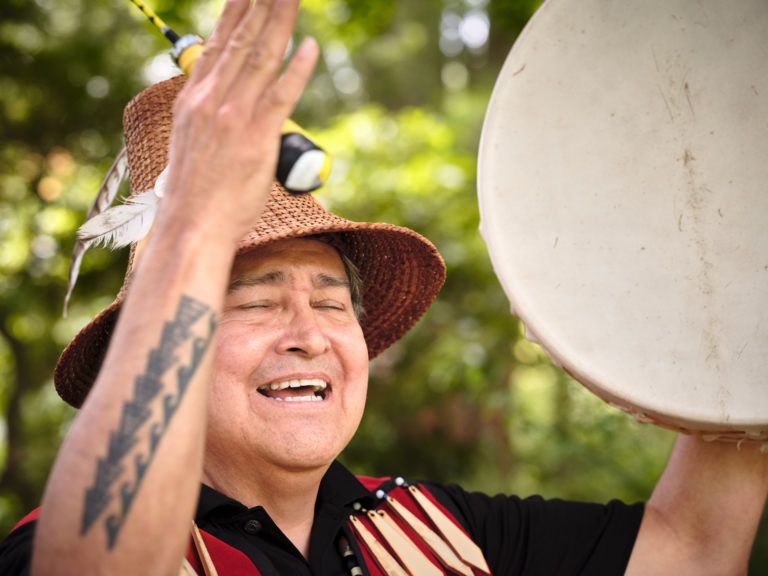
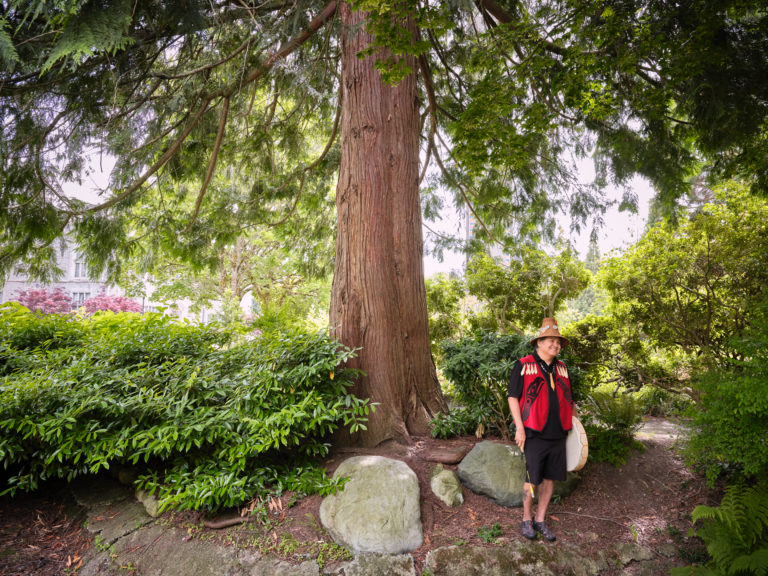
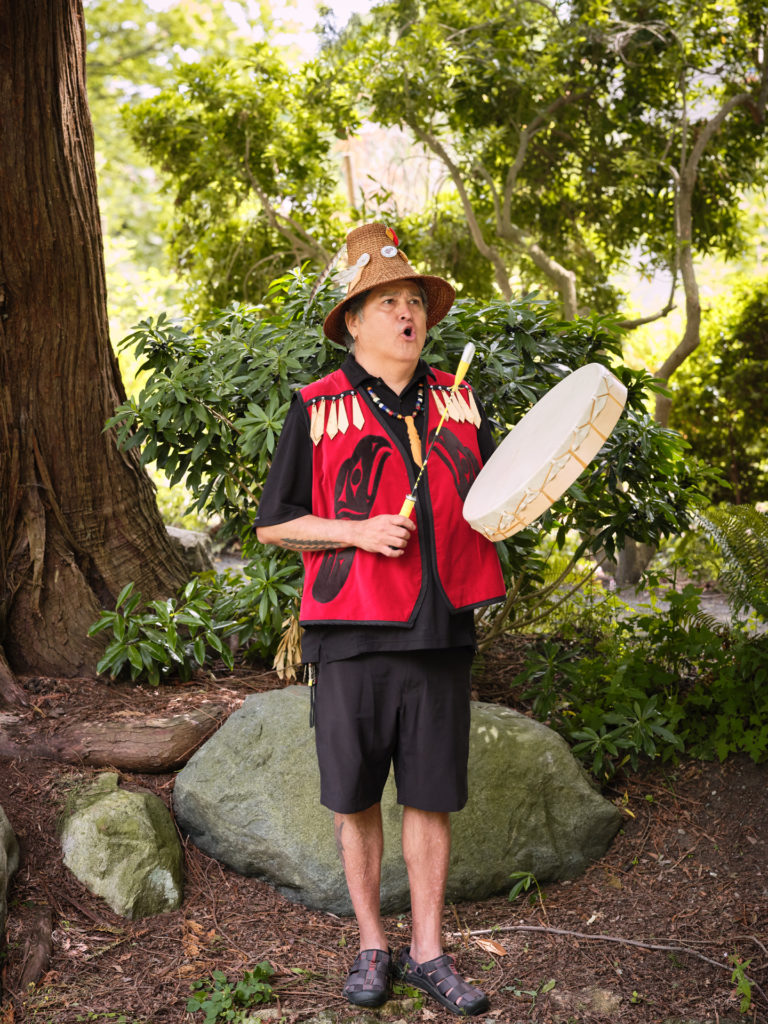
-
Sempùlyan
MusicianSempùlyan is of Musqueam and Squamish descent. His late mother Norma Campbell was from Musqueam and his late father Harvey Gonzales from Squamish. He is an Indian Day School and Indian Residential School survivor. As a Cultural Worker with the Squamish Nation, Sempùlyan teaches the youngest population of the Nation.
Read More
Related
-
News
16 Jun 2020
Sonic Responses
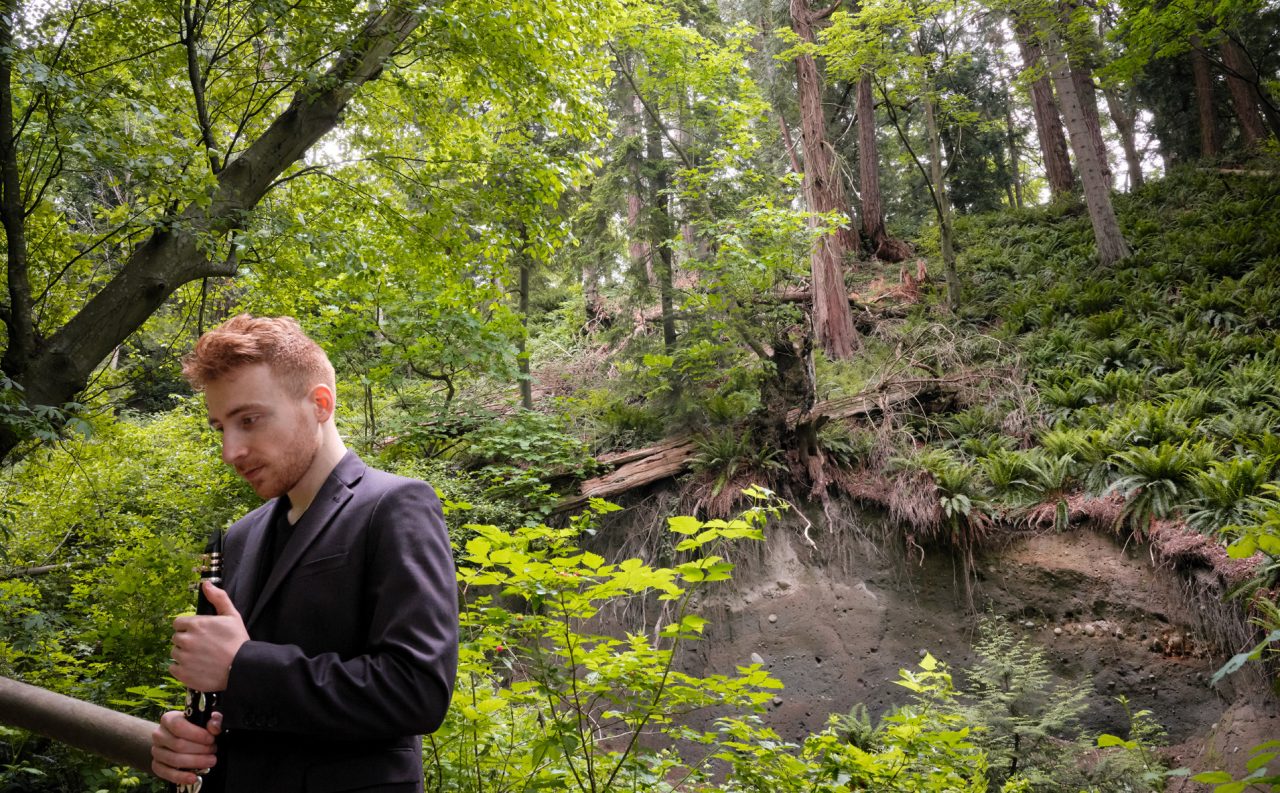
A series of performances that explore the sounds - and silence - of a now-quiet campus.
[more] -
Event
Everything This Changes
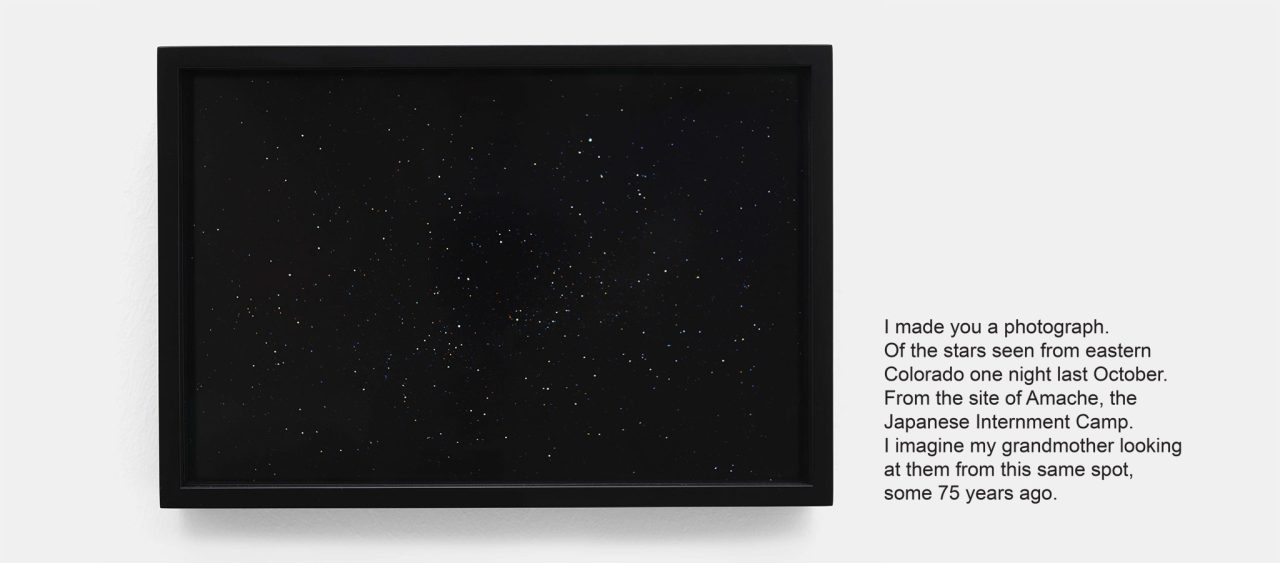
Everything This Changes is programming initiated in response to the COVID-19 pandemic that has shut the doors of galleries and many businesses while keeping most of us working at home. Everything This Changes adds to the Belkin’s online presence as a platform for works of art, research projects, podcasts, interviews, conversations and events. One of our tasks is to explore new relationships and possibilities between embodiment, especially in social space, and the disembodied lives we lead on screen. This relationship has been the subject of critique and speculation since the invention of the telephone and radio. In what ways have artists and thinkers prepared us for thinking about the present crisis? Or to put it another way, how does the present crisis change the way we see and read?
[more] -
Event
Sonic Responses: Carlos Savall Guardiola
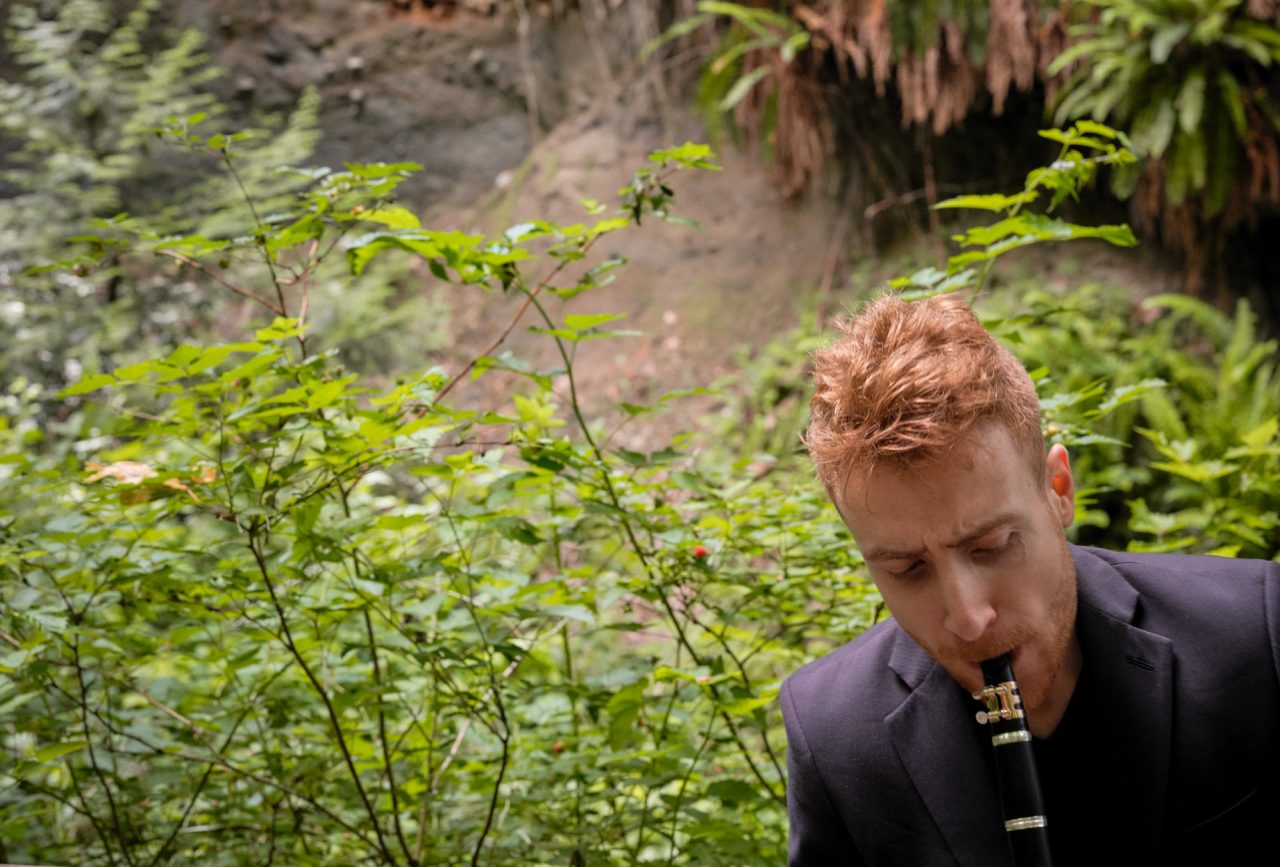
Carlos Savall Guardiola on clarinet performing “Abîme des oiseaux / The Abyss of the Birds” by Olivier Messiaen as part of Sonic Responses, a collaboration between the UBC Morris and Helen Belkin Art Gallery and the School of Music. Performed on Trail 7 adjacent to the University of British Columbia, located on the traditional, ancestral and unceded territory of the Musqueam people.
[more] -
Event
Sonic Responses: Nathania Ko
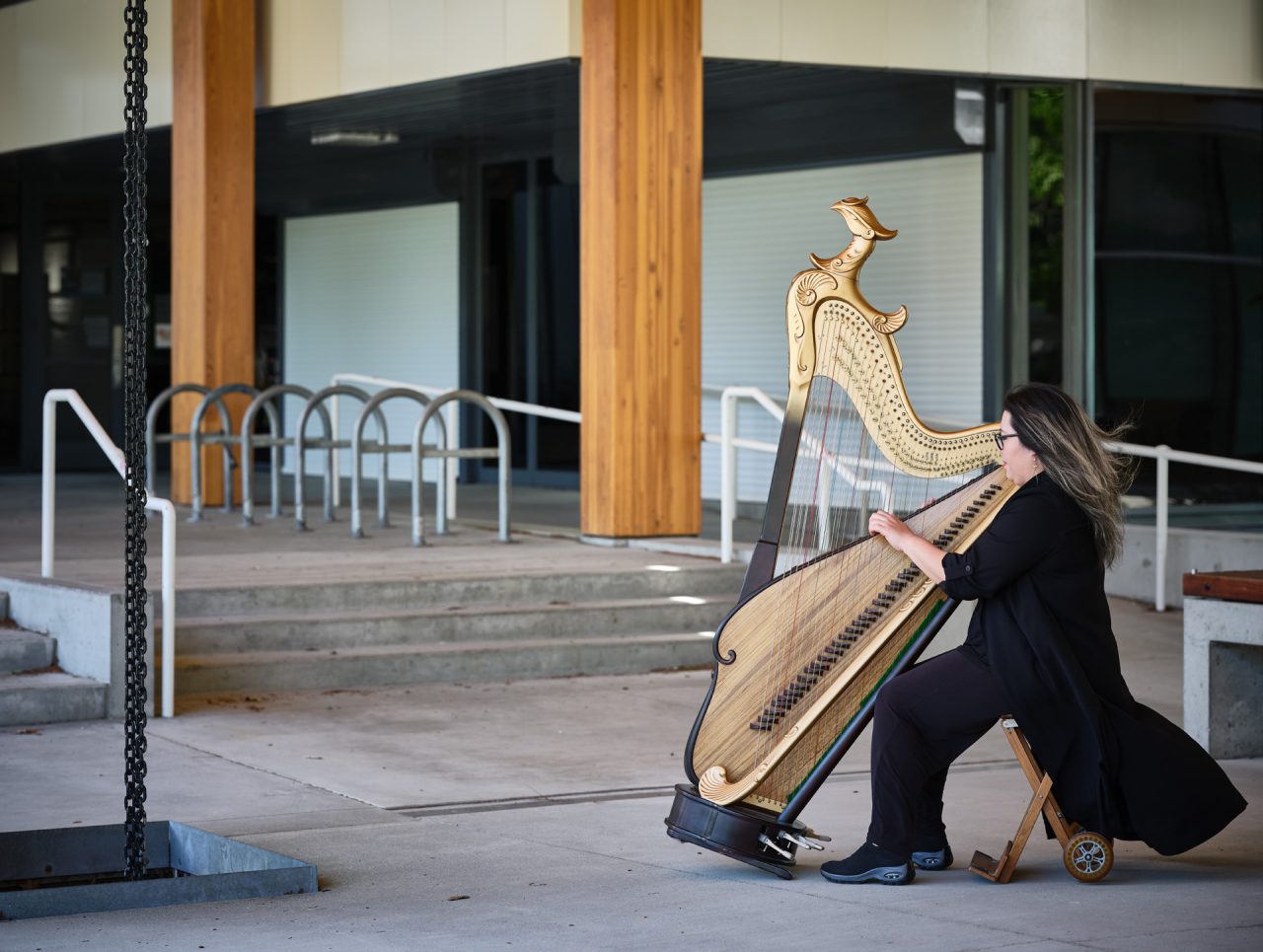
Nathania Ko on Chinese harp performing “Earth,” the first piece of the cycle “Pao Xiu Luo Lan” by Xijiin Liu as part of Sonic Responses, a collaboration between the UBC Morris and Helen Belkin Art Gallery and the School of Music. Performed between the Centre for Interactive Research on Sustainability and the Pacific Museum of Earth at the University of British Columbia located on the traditional, ancestral and unceded territory of the Musqueam people.
[more] -
Event
Sonic Responses: Sempùlyan
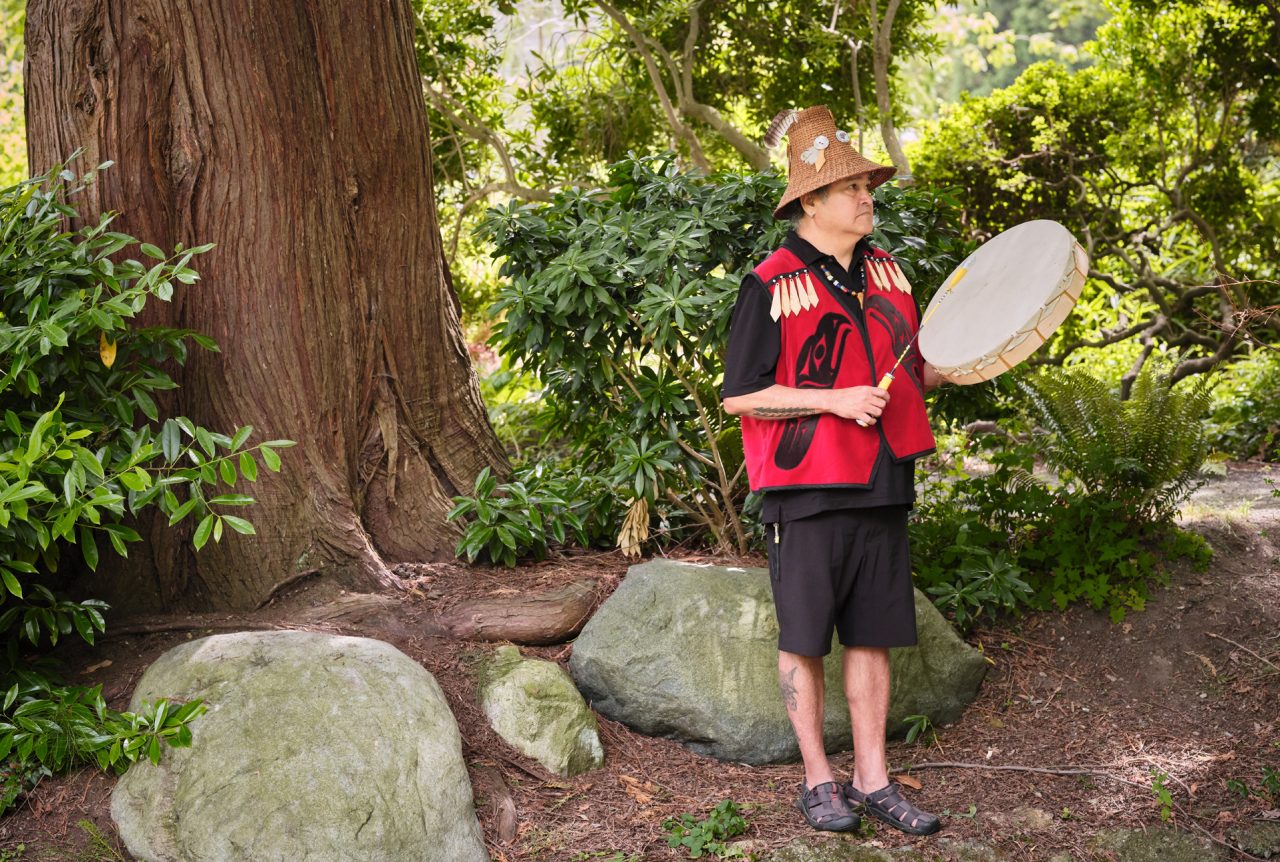
Sempùlyan on drum singing a Musqueam paddle song as part of Sonic Responses, a collaboration between the UBC Morris and Helen Belkin Art Gallery and the School of Music. Performed in Library Garden (near Learner’s Walk) at the University of British Columbia, located on the traditional, ancestral and unceded territory of the Musqueam people.
[more] -
Event
Sonic Responses: Joseph Eggleston
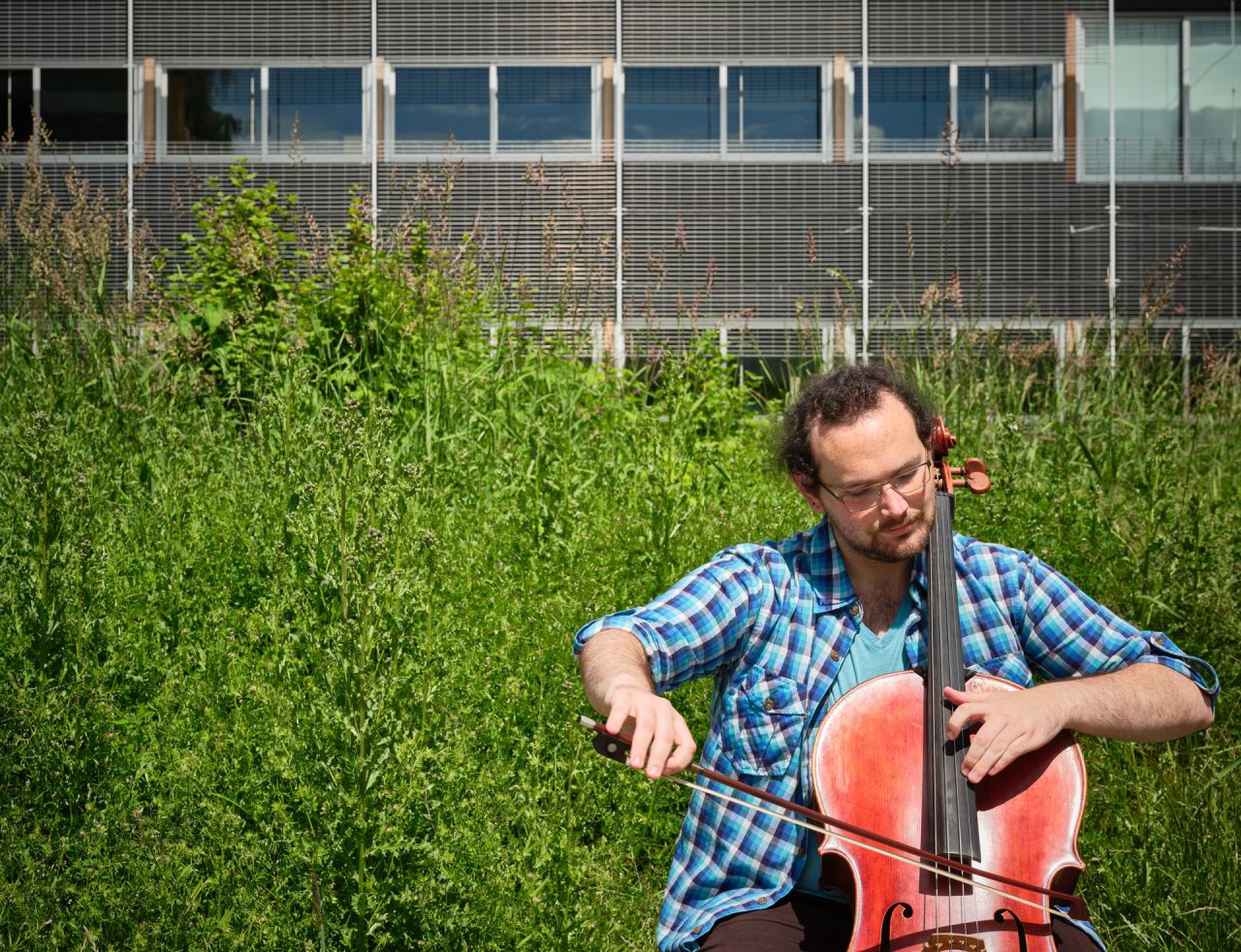
Joseph Eggleston on cello as part of Sonic Responses, a collaboration between the UBC Morris and Helen Belkin Art Gallery and the School of Music. Performed behind the Beaty Biodiversity Research Centre just east of the Fairview Grove at the University of British Columbia located on the traditional, ancestral and unceded territory of the Musqueam people.
[more] -
Event
Sonic Responses: Sodam Lee
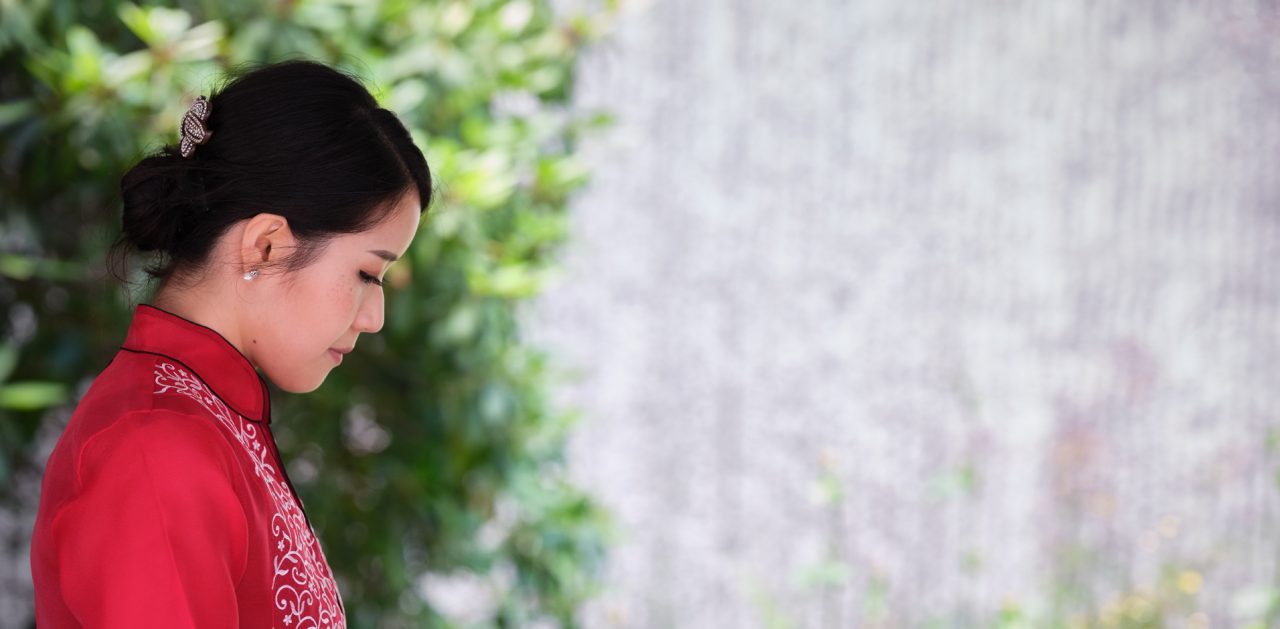
Sodam Lee sings traditional Korean songs as part of Sonic Responses, a collaboration between the UBC Morris and Helen Belkin Art Gallery and the School of Music. Performed under a covered walkway between the Frederic Lassarre and School of Music buildings at the University of British Columbia located on the traditional, ancestral and unceded territory of the Musqueam people.
[more] -
Event
Sonic Responses: Taees Gheirati
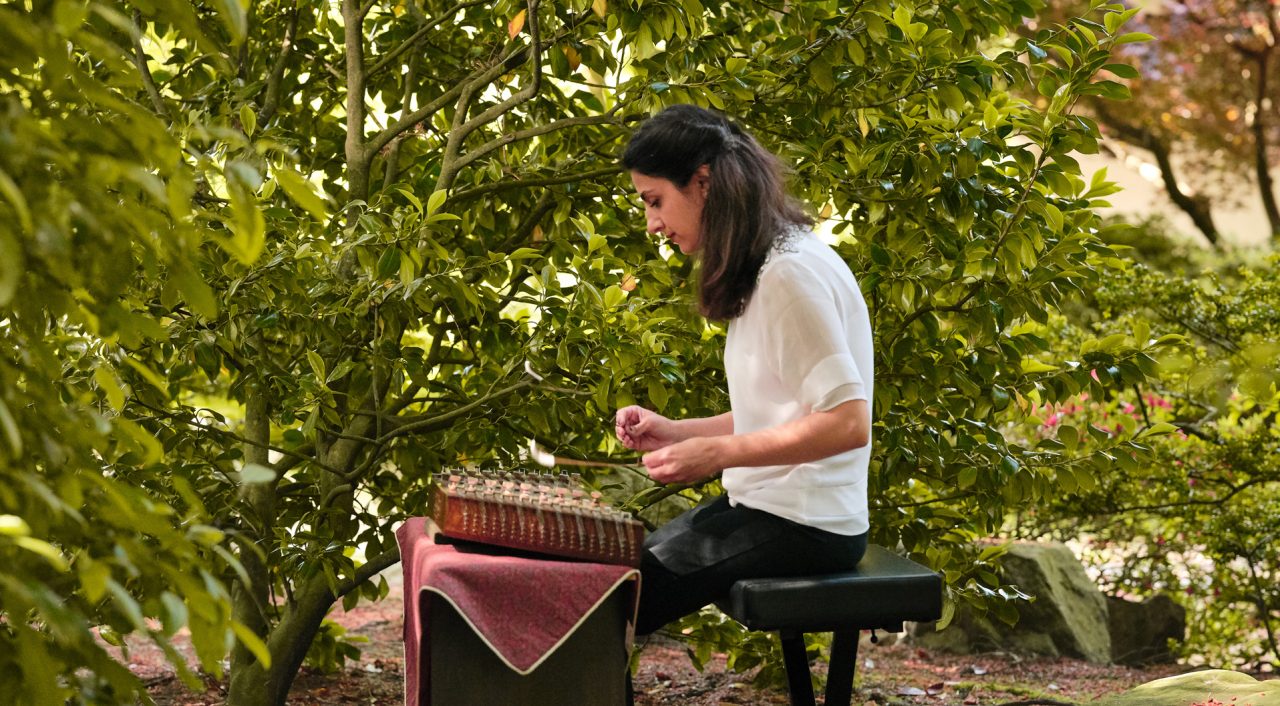
Taees Gheirati on santour as part of Sonic Responses, a collaboration between the UBC Morris and Helen Belkin Art Gallery and the School of Music. Performed in the wooded area between the Asian Centre and Institute of Asian Research at the University of British Columbia located on the traditional, ancestral and unceded territory of the Musqueam people.
[more] -
Event
Sonic Responses: Valerie Whitney
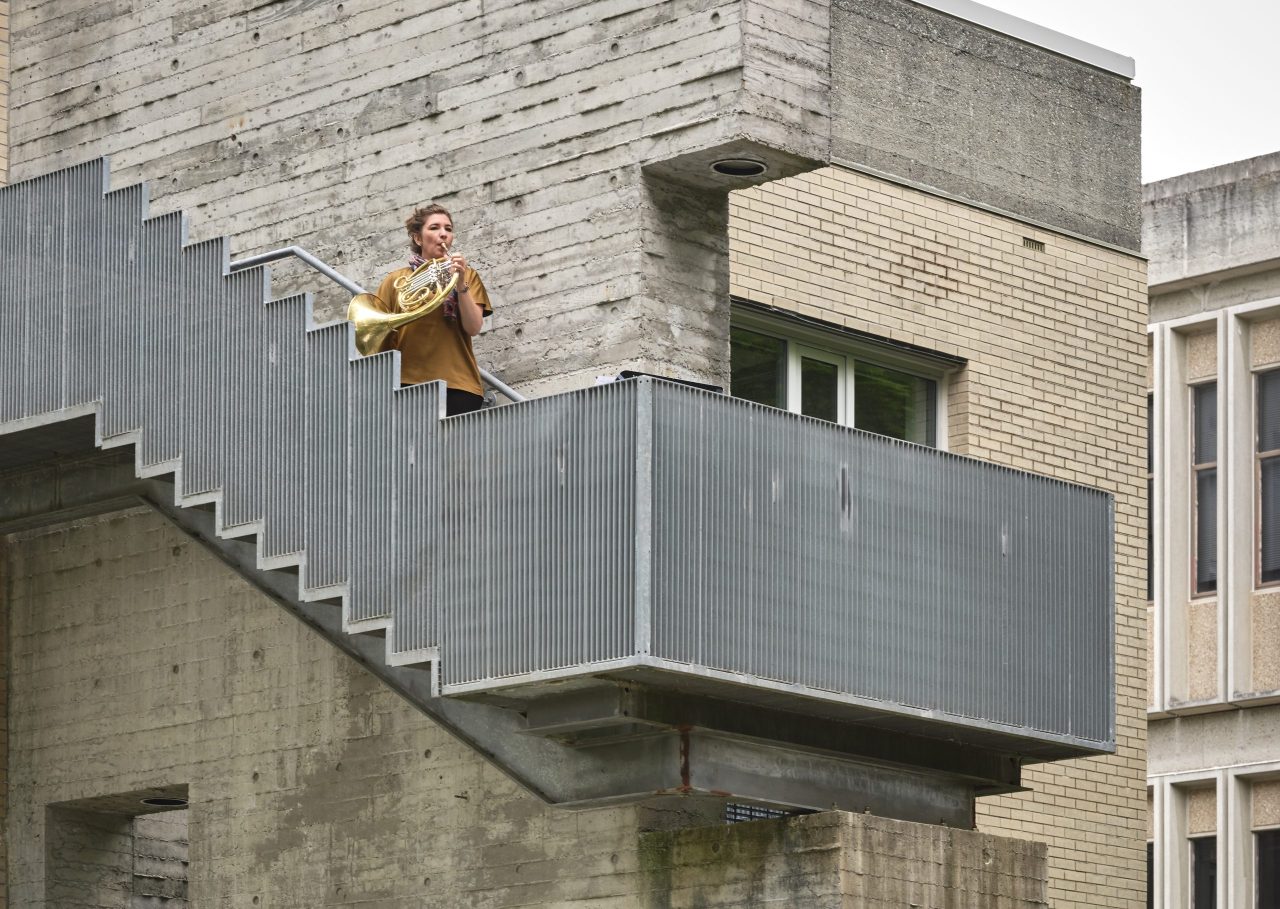
Valerie Whitney on French horn performing “Idiom” by Elizabeth Raum as part of Sonic Responses, a collaboration between the UBC Morris and Helen Belkin Art Gallery and the School of Music. Performed on the southeast exterior staircase of the Friedman Building at the University of British Columbia located on the traditional, ancestral and unceded territory of the Musqueam people.
[more]